Glorieta de la Transexual Sonia
People used to walk around unfamiliar cities without GPS-enabled smartphones. Picture a flock of tourists huddled around a poster-sized paper map that has been folded and refolded until the creases have frayed. They’re jabbing at the map and waving toward landmarks. They shield their eyes from the sun as they search in vain for street signs, arguing about whether the map is right side up or upside down. Ancient tools for ancient times. Today when we travel, we have much better tools. We’ve advanced. We huddle around a smartphone, not a paper map. True, we still jab and shield and search and argue, but at least we don’t have to fold the smartphone. Yet.
Our Barcelona hotel bordered Parc de la Ciutadella, a 77-acre park near the coast. When we mapped the location of Motel One for our taxi driver, I noticed a point of interest in the park: “Glorieta de la Transexual Sonia”:
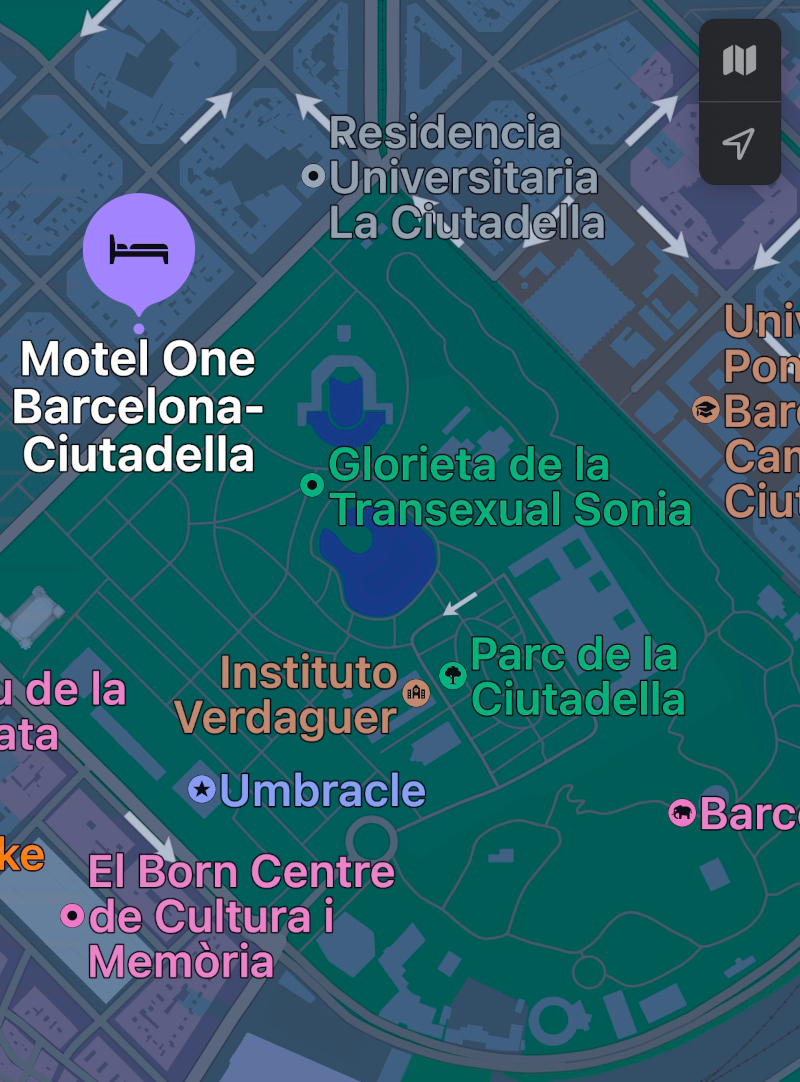
Parents of transgender children notice these things.
After checking in to the hotel and stowing our bags, we decided to go for a walk in the park. Beautiful. Refreshing. Children laughing and playing. Exercise groups sweating. Runners huffing down the paths. Old friends chatting on benches near the fountain. Ice creams and cold drinks for sale. Cheap. Lots of smiles and contentment. We found our goal, which turned out to be a gazebo:
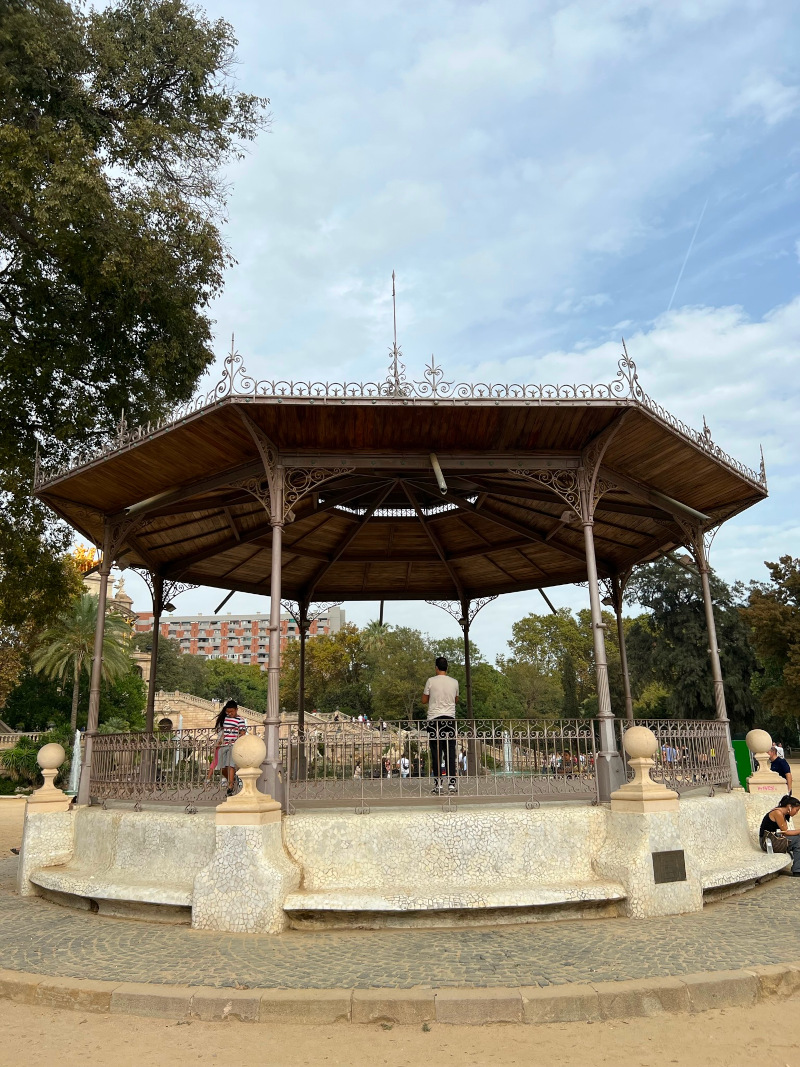
Notice the small plaque in the lower-right corner? Here’s a closeup:
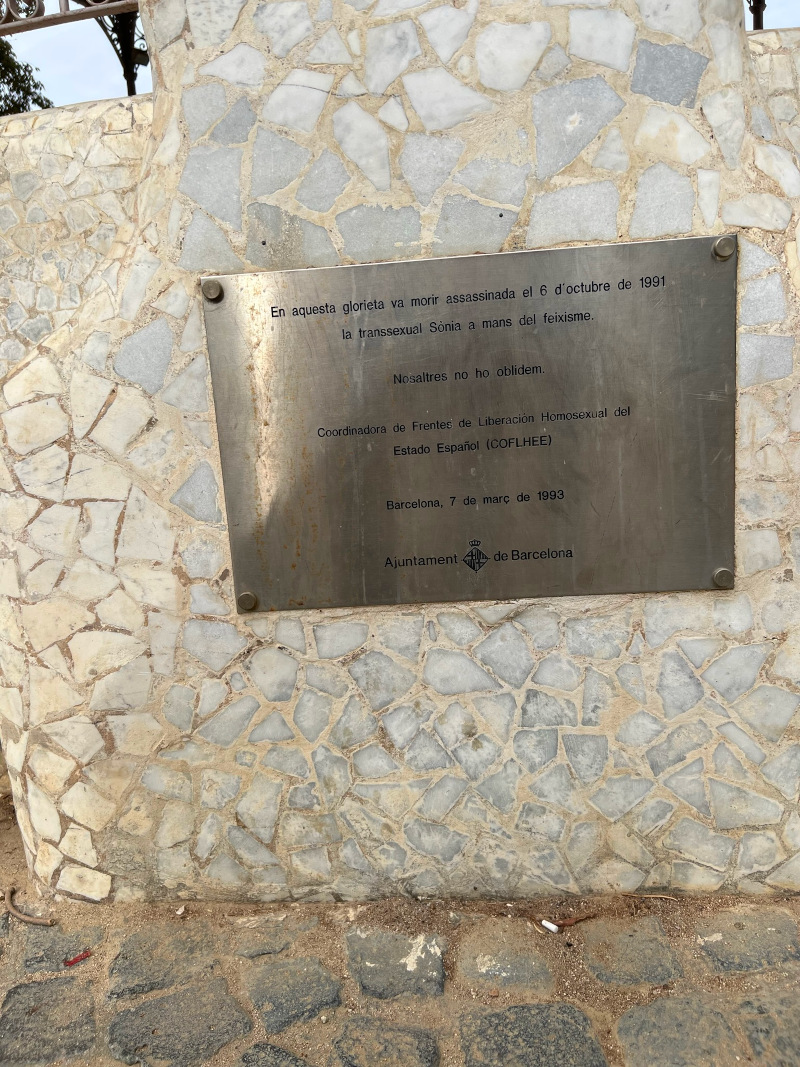
The text is in Catalan, not Spanish. If you can read Spanish, though, you can probably piece it together. Per Google Translate, it says:
In this gazebo, the transsexual Sonia was murdered on October 6, 1991 at the hands of fascism. We don’t forget it.
(Note: we now say “transgender” instead of “transsexual” — sex is between the legs, gender is in the brain. Gender identity is who you are, regardless of any physical transition you may or may not have taken.)
Further down, you see the date this plaque was erected: March 7, 1993. This isn’t a Johnny-come-lately, nod-to-political-correctness, virtue-signaling plaque from a progressive age. Barcelona put this plaque up in 1993, when Snow had his moment. Microsoft was still testing Windows for Workgroups. George Bush — the father, not the son — had just left the White House. What was happening in the United States in 1993 regarding the LGBT community? Gay people could sacrifice their lives to defend our freedoms, as long as they pretended to be straight. In this environment, Barcelona stood tall for a transgender woman. When I read this plaque, I fell in love with Barcelona.
As we walked around the gazebo, we saw another sign:
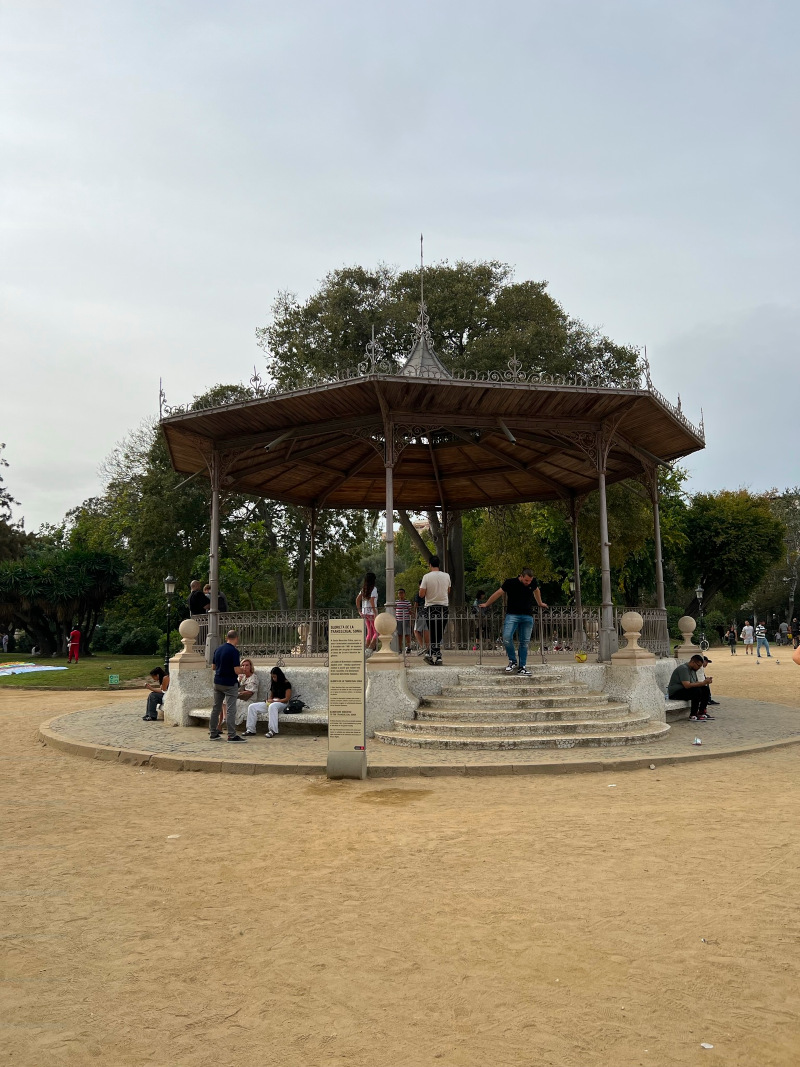
A closer look at the English part of the sign:
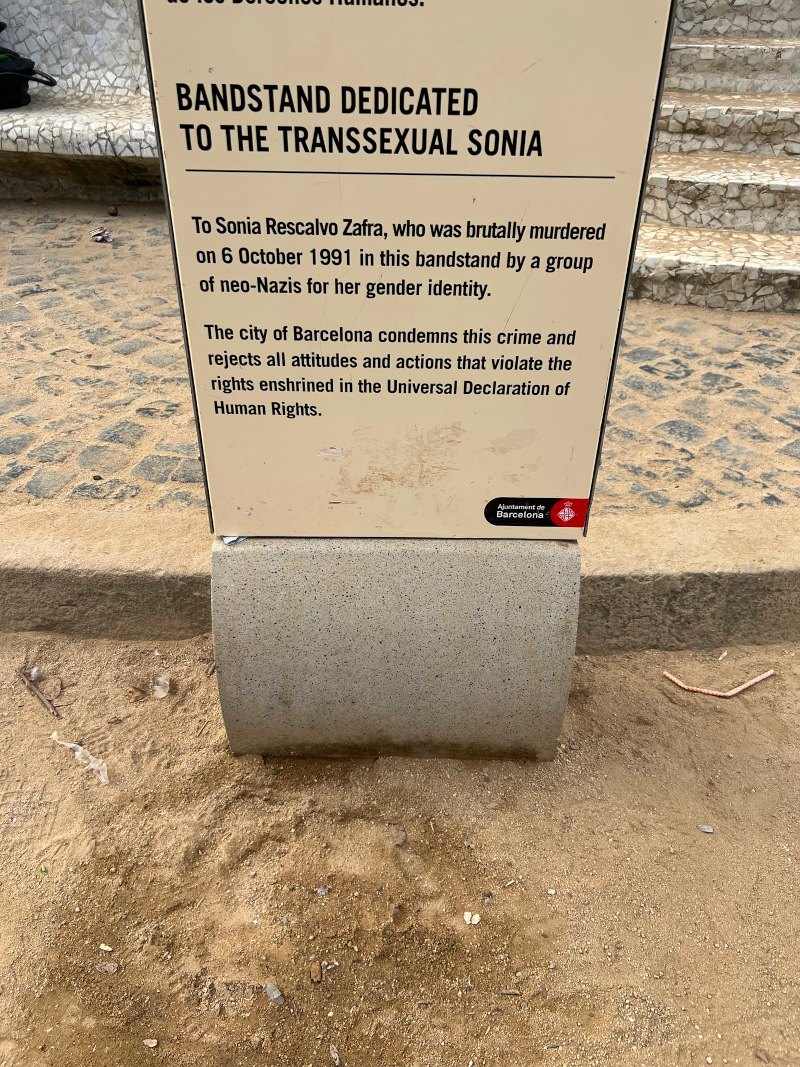
I read and reread this strong language. “Condemns this crime.” “Rejects all attitudes and actions that violate.” No equivocation. We all are human and have the right to be treated as such. No one has the right to mistreat another human being, regardless of whether you understand or agree with who they are. I encourage you to read the Universal Declaration of Human Rights that this sign references. It’s not long, but it is powerful. And essential.
Thank you, Barcelona, for remembering Sonia Rescalvo Zafra. For insisting your city safeguard the rights of all human beings. For championing the safety and dignity of the LGBTQ community. We spent a wonderful time in Barcelona, seeing and meeting a wide spectrum of people. We don’t forget it.
